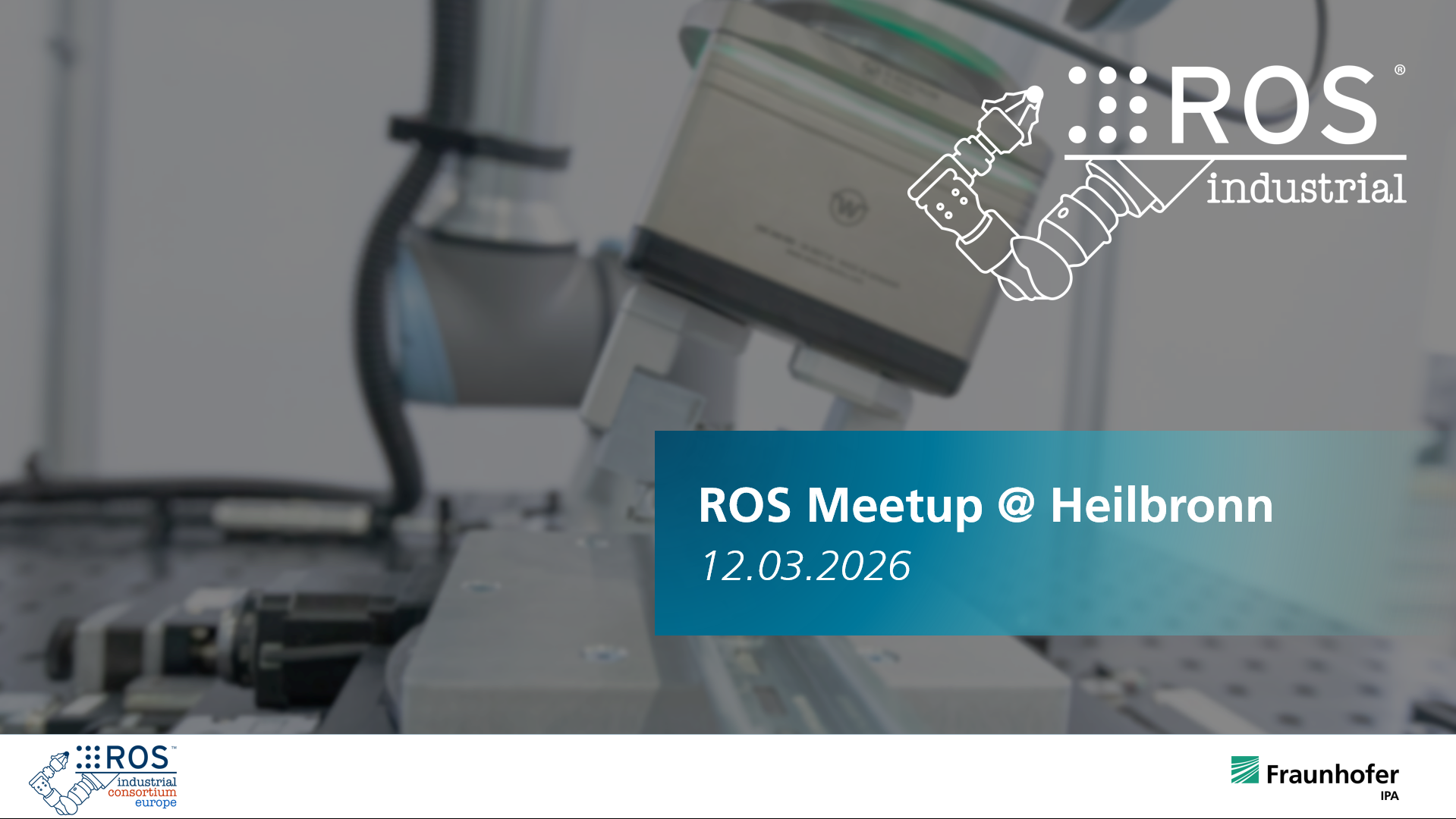Industrial robotics, though making gains and setting standards for productivity in certain domains, advancements in flexibility and compelling intelligent capability struggled to materialize for many end users. Back then, much of the robotics research happening in university and corporate labs would languish in papers because it was difficult to replicate custom implementations using proprietary software.
Things started to change when the Robot Operating System (ROS) – an open-source software platform founded in 2007 by Willow Garage, the Stanford AI Laboratory, and Open Robotics – started reappearing in research papers. ROS helped open the door to R&D scalability across industry and academia, enabling a means to abstract robotics hardware, while also bringing a modularity and notion of abstraction and reproducibility to the robotic research space.
ROS caught the attention of a group of leading robotics companies and research institutions, including Yaskawa Motoman and Southwest Research Institute (SwRI). They teamed up with Willow Garage and founded the ROS-Industrial (ROS-I) open source project, and shortly thereafter the ROS-I Consortium.
